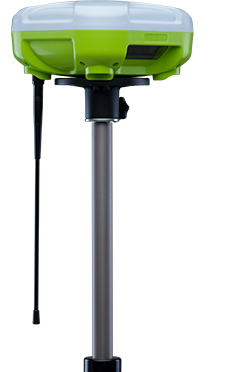ADVANTAGES OF USING A BASE STATION
HOW TO GET MAXIMUM ACCURACY IN LINE MARKING
BASE STATION VS CORS NETWORK
To ensure your autonomous line marking robot achieves the highest accuracy, it utilizes two main localization technologies. The first is the GNSS (Global Navigation Satellite System), which provides an initial accuracy of 1-2 meters. For enhanced precision at the centimeter level, the robot employs Real-Time Kinematics (RTK) technology. This can be accessed either through a CORS (Continuously Operating Reference Station) network subscription or via a local base station accompanying the robot.
Below is an infographic detailing the advantages and disadvantages of both technologies, aiding you in selecting the best option for your specific requirements.

Conclusions
After considering all factors, the base station emerges as the superior choice for ensuring the highest level of accuracy in line marking. With a base station, you’re guaranteed exceptional precision for your robot, no matter where your field is located globally. This setup eliminates concerns about signal data coverage, as it relies on a local source.
Financially, choosing a base station is more advantageous. It comes as part of the robot’s package, removing the need for additional subscriptions to access RTK technology from external providers. This integrated approach also ensures compatibility and smooth operation, as the same team responsible for the robot’s design oversees the base station.
While the initial setup of the base station may take a few extra minutes for mounting, the trade-off is clear: unparalleled marking accuracy, every time, making it a wise long-term investment for quality and precision.
Turf Tank autonomous line marking robot can achieve an accuracy of +/- 0.3″ every time, due to its local base station. Find out more about our line marking solutions.



